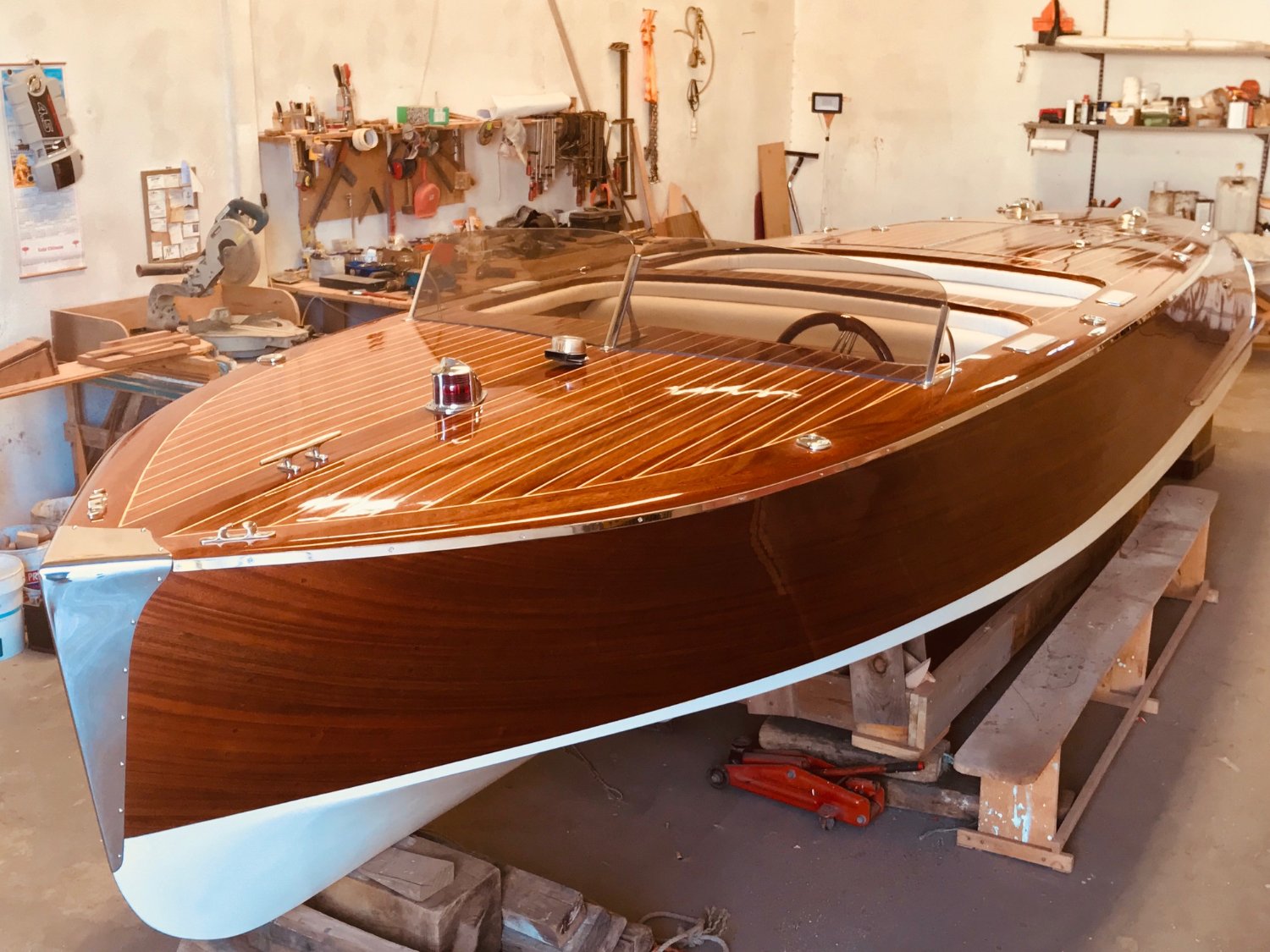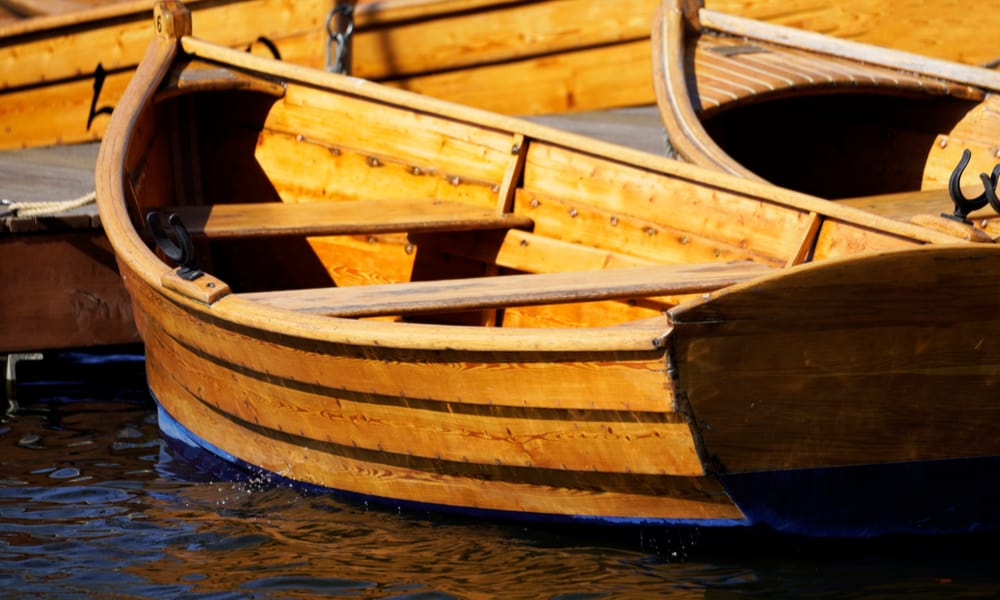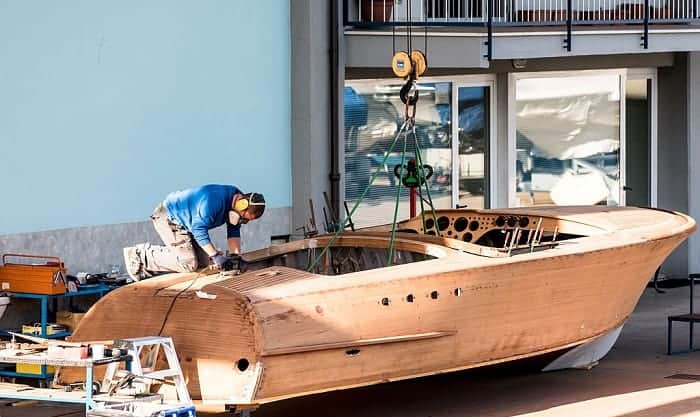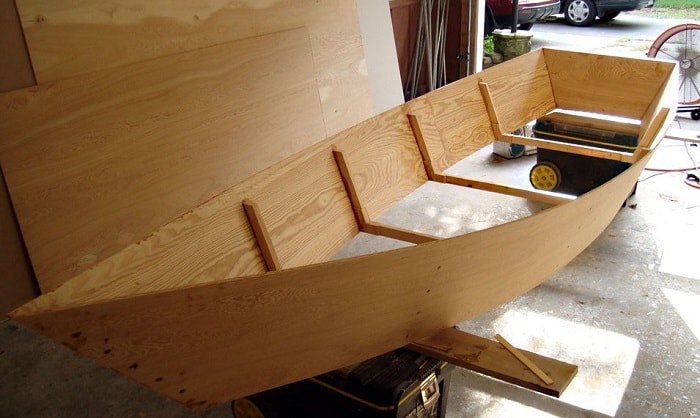
Beyond the Blueprint: Unveiling the Hidden Potential of Free Wooden Boat Plans
The internet brims with free wooden boat plans, promising a DIY adventure on the water. But beyond the alluring images and seemingly simple instructions, lies a world of untapped potential and often-overlooked challenges. This article delves beyond the surface, exploring unconventional perspectives and offering practical solutions for hobbyists, professionals, and educational institutions alike.
The Unsung Hero: Material Selection Beyond the Plan
Most free plans specify wood types generically. But what if your local lumberyard offers a superior, yet slightly different, wood at a better price? How do you assess the suitability? This isn't just about cost; it's about performance.
Q: How can I make informed material substitutions while still adhering to the plan's spirit?
A: Don't just swap species; understand the *properties*. Consult resources like the USDA Forest Service's Wood Handbook (https://www.fpl.fs.fed.us/publications/1171/) to compare strength, density, and durability of different species. If the plan calls for oak, but you have access to strong, rot-resistant cedar, analyze the differences and adjust your build accordingly (perhaps adding extra bracing where needed). This requires a deeper understanding of boatbuilding principles beyond the simple instructions.
Beyond the Static Image: Visualizing the Build Process
Free plans often provide 2D drawings. This can be problematic. Imagine trying to assemble a complex piece of furniture from flat drawings alone!
Q: How can I transform 2D plans into a three-dimensional understanding to avoid costly errors?
A: Leverage digital tools! Free software like SketchUp or Blender can allow you to create a 3D model from the provided plans. This lets you virtually “walk around†your boat, identify potential issues *before* cutting wood, and even create precise cutting lists. This proactive approach minimizes waste and frustration.
The Unspoken Costs: More Than Just Lumber
Many free plans neglect the “hidden†costs. It’s easy to focus on the price of wood, but what about fasteners, epoxy, varnish, and tools? And what about your time?
Q: How can I create a realistic budget that encompasses all aspects of the project?
A: Break down your costs meticulously. Create a spreadsheet detailing the materials, quantities, and prices. Don’t forget the consumables (glue, sandpaper), tools (if you need to purchase or rent them), and factor in your time. A professional boatbuilder charges upwards of $50-$100+ per hour. Consider this rate when calculating your time investment to better appreciate the true cost of your project. This holistic view will prevent disappointment and ensure project completion.
Real-World Success Story: Adapting, Not Just Copying
John, a retired engineer, used free plans for a small sailboat. However, he lacked a suitable sailmaking resource in his area. Instead of abandoning the project, he adapted! He cleverly used a heavy-duty tarp and sturdy spars, resulting in a functional, albeit unconventional, sail. His innovative approach proved that free plans offer a foundation, not a rigid blueprint.
Conclusion: Unlocking the Full Potential
Free wooden boat plans are fantastic starting points, but they are not a complete solution. By embracing a proactive and analytical approach, utilizing digital tools, and understanding the hidden costs, you can transform a simple set of plans into a successful, rewarding, and even unique project. The key lies not just in following the instructions, but in understanding the principles behind them and adapting to your specific circumstances and resources.














